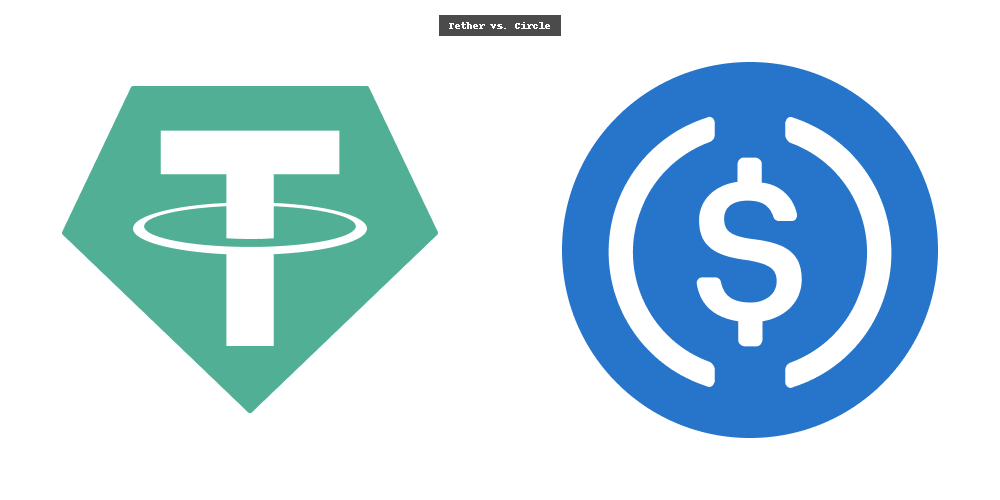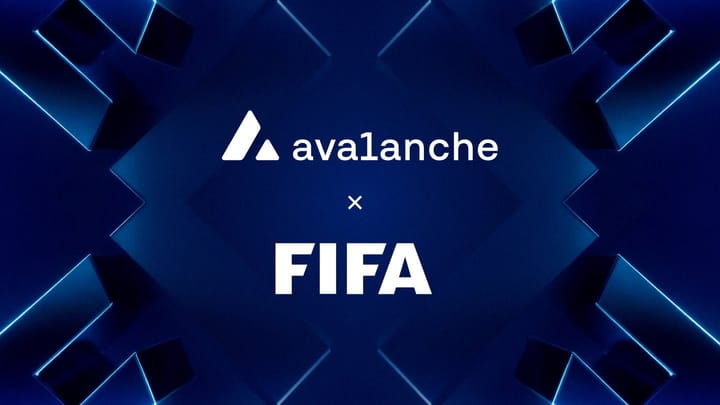The Mitosis-Hyperlane Partnership

Introduction
One of the biggest challenges in decentralized finance (DeFi) is interoperability—the ability for different blockchain networks to communicate and share liquidity efficiently. Without interoperability, users are often forced to manually bridge assets between chains, which is expensive, slow, and vulnerable to hacks.
To solve this problem, Mitosis, partnered with Hyperlane, a permissionless cross-chain messaging protocol that enables seamless, trust-minimized transactions between blockchains. This collaboration allows Mitosis to move liquidity across different ecosystems securely, efficiently, and without reliance on centralized bridges.
I’ll be explaining how Hyperlane enhances Mitosis’s cross-chain liquidity and how this integration is setting new standards for DeFi interoperability.
Understanding Hyperlane: A Modular Cross-Chain Communication Protocol
Hyperlane is a generalized interoperability protocol that enables blockchain networks to send and receive messages, assets, and data in a trust-minimized way. It operates with three core components:
1. Interchain Messaging Layer (IML)
Hyperlane allows smart contracts on one blockchain to send and receive instructions to smart contracts on other chains. This eliminates the need for centralized bridges by enabling direct interoperable communication.
2. Modular Security Model
Unlike traditional cross-chain solutions that rely on a fixed set of validators, Hyperlane offers customizable security models, that project's like Mitosis can choose from:
• Optimistic Security – Transactions go through unless proven fraudulent.
• Proof-of-Stake (PoS) Validation – Validators must stake assets to participate, ensuring economic security.
• Custom Validators – Mitosis can define its own trusted security network.
3. Gas-Optimized Relayers
Hyperlane includes a network of relayers that handle the cost-efficient execution of cross-chain transactions. This helps Mitosis reduce gas fees when transferring liquidity across chains. With these capabilities, Hyperlane provides Mitosis with a scalable and flexible infrastructure for cross-chain liquidity management.
How Mitosis Uses Hyperlane for Cross-Chain Liquidity
Mitosis is designed to allow liquidity to move freely across multiple blockchains while maintaining security and efficiency. To achieve this, it utilizes Hyperlane’s cross-chain messaging in the following ways:
1. Cross-Chain Liquidity Transfers
Mitosis enables users to deposit liquidity on one blockchain and access it on another without manual bridging. Here’s how it works.
Step-by-Step Process:
1. User Deposits Liquidity on Chain A (Ethereum Mainnet, for example).
• The user deposits ETH, USDC, or other assets into a Mitosis Vault.
• The vault generates a wrapped version of the asset (e.g., Mitosis-wETH).
2. Mitosis Sends a Cross-Chain Message via Hyperlane.
• The Mitosis contract on Ethereum sends an interchain message to the corresponding Mitosis vault on another chain (e.g., Arbitrum).
• This message contains transaction details, including the asset type, amount, and recipient address.
3. Hyperlane Validates and Relays the Transaction.
• Hyperlane’s security system verifies the transaction using optimistic validation or PoS verification (as chosen by Mitosis).
• Once validated, the transaction is forwarded to the destination chain.
4. Liquidity Becomes Available on Chain B (Arbitrum).
• The Mitosis vault on Arbitrum mints the equivalent amount of liquidity tokens for the user.
• The user can now access their funds without having to use centralized bridges.
✅ Result: Users experience instant, low-cost, and secure cross-chain liquidity transfers without manual intervention.
2. Cross-Chain Smart Contract Execution
Hyperlane doesn’t just move liquidity—it also allows Mitosis to execute smart contracts across multiple chains. This means DeFi protocols using Mitosis can automate liquidity strategies and staking without users manually interacting with different blockchains.
Example: Cross-Chain Staking
1. A user deposits stETH (staked Ethereum) into Mitosis on Ethereum Mainnet.
2. Mitosis decides to use this liquidity for a yield-generating strategy on Solana.
3. Instead of requiring manual bridging, Mitosis sends a smart contract call to Solana via Hyperlane.
4. The contract on Solana stakes the assets in a Solana-native protocol and returns yield to the Mitosis Vault on Ethereum.
5. The user continues earning rewards on Ethereum without ever needing to interact with Solana.
✅ Result: More DeFi opportunities with less complexity for users
3. Security Enhancements for Cross-Chain Transactions.
Security is a top priority in DeFi, especially with the rise of bridge exploits. Hyperlane provides Mitosis with multiple security options to protect cross-chain transactions:
Key Security Measures:
• Fraud Proofs – Transactions are reversible if fraud is detected.
• Validator Optimistic Security – Allows Mitosis to define a trusted network of validators for extra security.
• Rate Limits & Circuit Breakers – Prevents large, suspicious withdrawals, reducing the risk of liquidity pool drains.
With these protections, Mitosis ensures its cross-chain transactions are both efficient and safe from exploits.
Why the Hyperlane-Mitosis Partnership Matters
The integration between Hyperlane and Mitosis is setting a new standard for DeFi interoperability. By combining Hyperlane’s modular security model with Mitosis’s liquidity infrastructure, this partnership delivers:
➪Seamless Cross-Chain Liquidity – Users no longer need to manually bridge assets between chains.
➪Secure Cross-Chain Transactions – Mitosis benefits from Hyperlane’s fraud proofs and validator security.
➪Lower Transaction Costs – Gas-optimized relayers make liquidity transfers cheaper.
➪Advanced DeFi Use Cases – Developers can create multi-chain dApps that interact with Mitosis liquidity pools.
Conclusion
As the DeFi ecosystem expands, cross-chain liquidity and interoperability will be crucial for seamless asset transfers, financial efficiency, and the long-term sustainability of decentralized applications. Without efficient cross-chain solutions, users face high transaction costs, liquidity fragmentation, and the complexity of manually bridging assets between blockchains. The Hyperlane-Mitosis partnership effectively addresses these challenges by eliminating reliance on centralized bridges, reducing security risks, and optimizing liquidity transfers across multiple blockchain networks.
By leveraging Hyperlane’s cross-chain messaging and modular security framework, Mitosis is building a trust-minimized, scalable, and cost-efficient liquidity infrastructure that enhances capital efficiency, interoperability, and user experience. This benefits not only individual DeFi users but also liquidity providers and developers seeking to create multi-chain applications that seamlessly interact across different blockchain ecosystems.
This collaboration is not just about bridging assets—it is about redefining the way liquidity moves in DeFi, ensuring that assets can be transferred swiftly, securely, and with minimal cost. As adoption of blockchain technology grows, the integration between Mitosis and Hyperlane will play a pivotal role in shaping the future of DeFi, making it more decentralized, interconnected, and accessible to a global audience.
You can find everything you need to know here:https://university.mitosis.org/



Comments ()